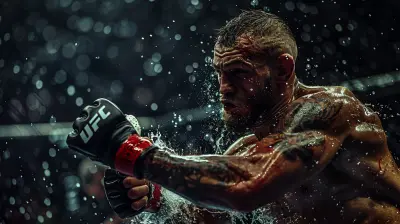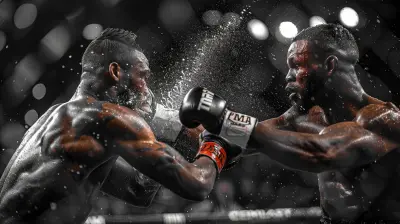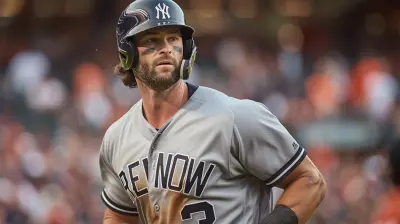The Role of Nutrition in Cycling: Fueling Your Ride
24 August 2025
Let’s cut to the chase—if you’re a cyclist, whether you're riding a steel frame fixie around the city or attacking mountain passes in Lycra, your nutrition matters way more than you think. You might have the lightest carbon bike, the tightest cadence, and a solid training plan, but if you’re fueling your ride with nothing but coffee and protein bars, you’re basically trying to run a Ferrari on lemonade.
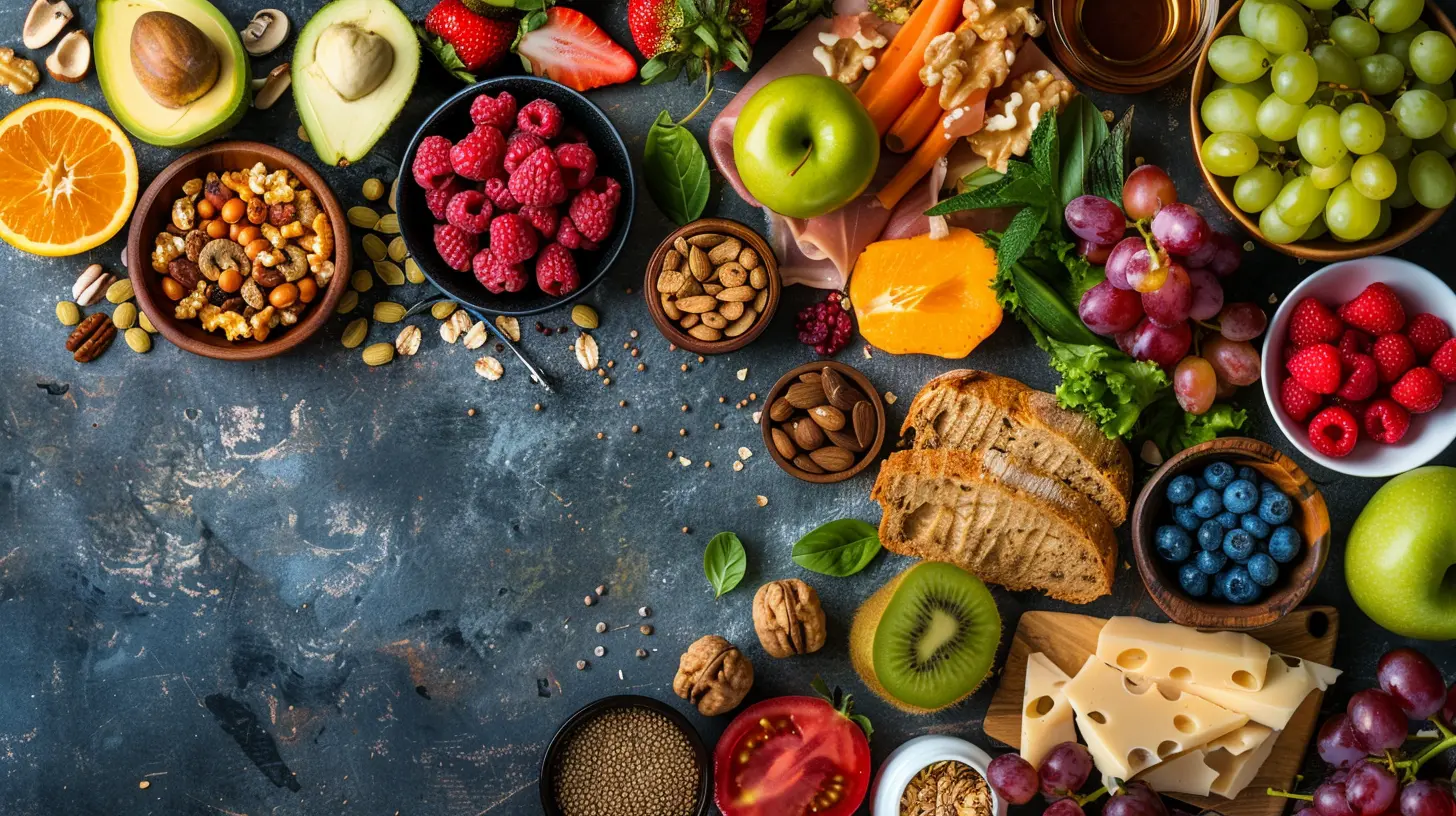
Why Nutrition Is a Game-Changer for Cyclists
Cycling isn't just about powering through miles or crushing KOMs on Strava. It’s a full-body endurance sport that demands energy, stamina, muscle coordination, and mental focus. How do you keep all those systems firing on all cylinders? Answer: by feeding them right.Think of your body like a power plant. Your muscles are the turbines, and your food? That’s your fuel. The better the fuel, the longer and stronger you ride.
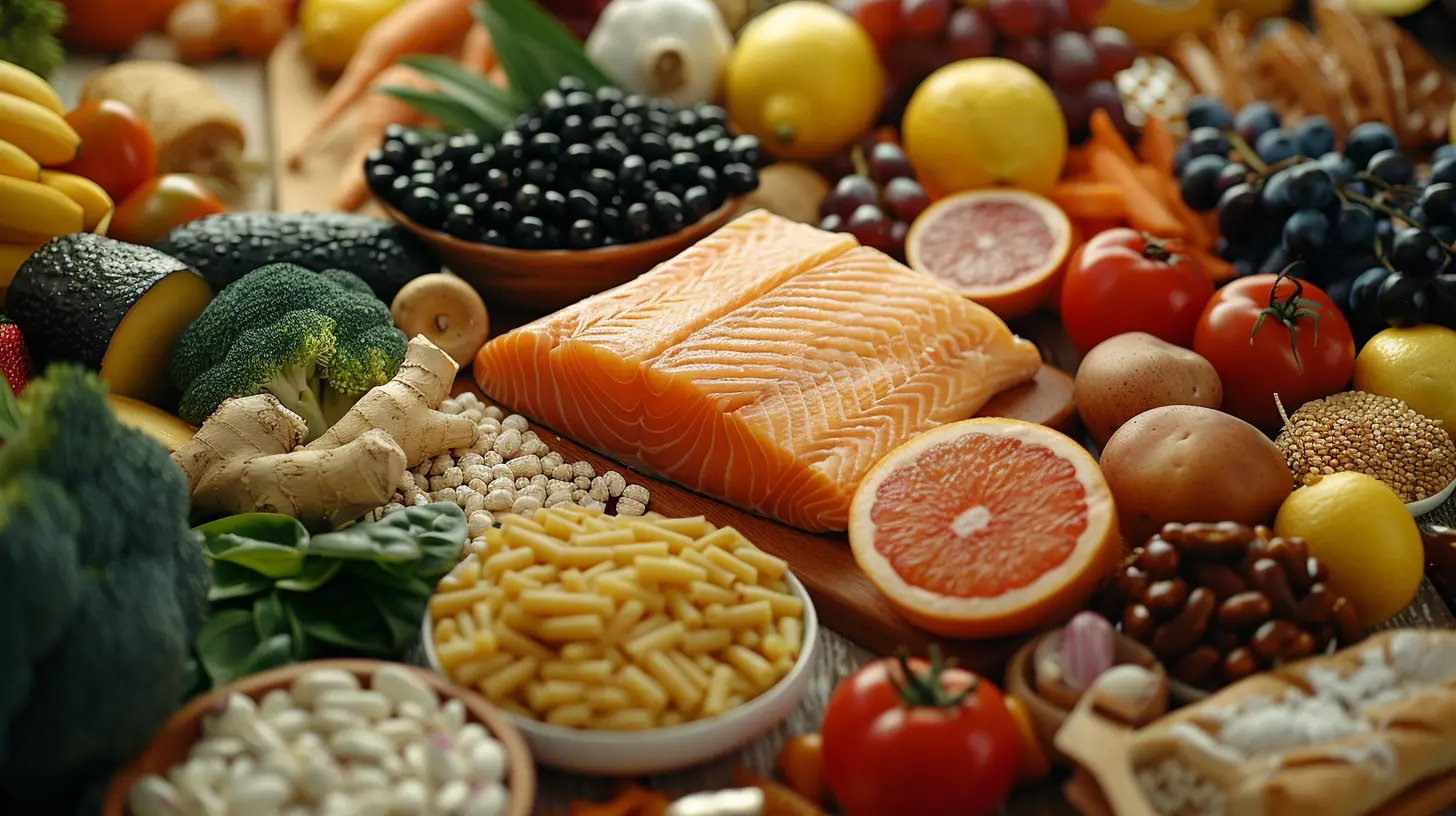
Calories: More Than Just a Number
Alright, calories sometimes get a bad rap. But for cyclists—especially during long or intense rides—they're your best friends. Calories are units of energy, and on the bike, you’re burning through hundreds to thousands of them depending on how hard and how long you ride.Ever felt like your legs were bricks or started bonking halfway through a ride? That’s your body screaming: "Hey, where’s my fuel?!"
How Many Calories Do Cyclists Burn?
It varies. A leisurely pace might burn 300–500 calories an hour, but go hard in a race or climb, and you could torch upwards of 1,000+ per hour. The key is to plan accordingly. Under-fueling isn’t just counterproductive—it can be dangerous.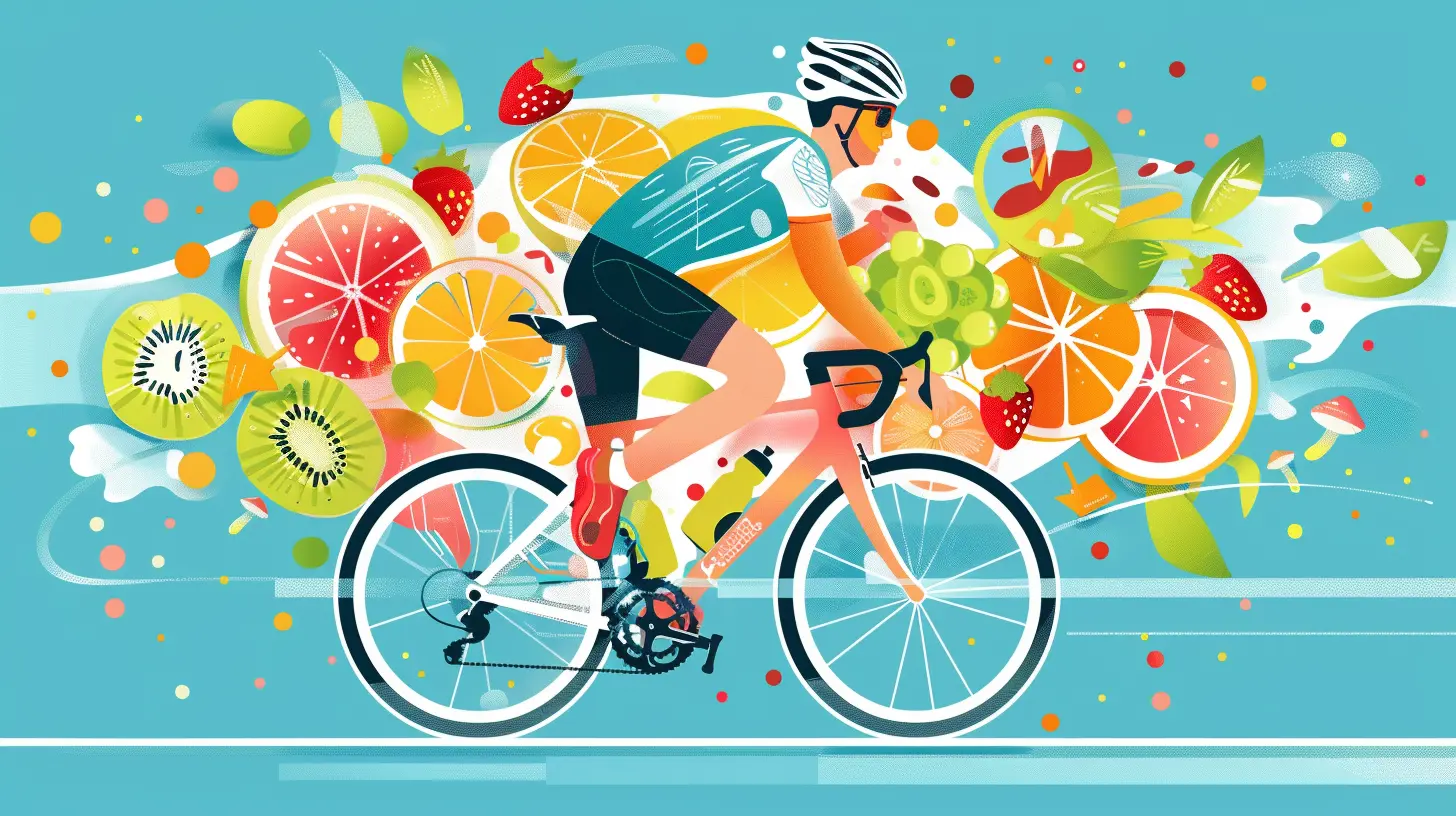
Macronutrients: The Fuel Mix You Need
Okay, let’s get into the nuts and bolts. There are three main players when it comes to cycling nutrition: carbs, protein, and fats. Each serves a unique role in keeping your ride strong and steady.1. Carbohydrates: The Primary Energy Source
If cycling was a video game, carbs would be your power-ups. Seriously. They’re your body’s preferred fuel for endurance exercise.Why Carbs Matter
When you ride, your body taps into glycogen (stored carbs in your muscles and liver) for immediate energy. No carbs, no glycogen. No glycogen, no go.Simple carbs like fruits, sports drinks, and energy gels give you a quick hit mid-ride. Complex carbs—think oats, quinoa, brown rice—are great for pre-ride meals. They release energy slowly, keeping you in the game longer.
> Pro Tip: For longer rides (2+ hours), aim for 30-60 grams of carbs per hour. That’s around 1-2 gels or a banana and a sports drink combo.
2. Protein: The Repair Crew
Protein isn’t an energy source on the bike, but it’s critical for recovery and muscle repair. You break down muscle fibers every time you ride, especially after hill climbs or sprints. Protein swoops in like a construction crew, rebuilding and strengthening those fibers.Best Times to Load Up on Protein
Post-ride is your golden window. Within 30–60 minutes after a ride, grab something with 15–25 grams of protein. This can be a shake, grilled chicken, or even a peanut butter toast if you're in a pinch.3. Fats: The Long-Haul Energy
Fats are the slow-burning logs of the energy world. They’re essential for ultra-distance cyclists or anyone doing multi-hour rides. While your body prefers carbs first, once glycogen runs low, it taps into fat reserves.Smart Sources of Fat
Think avocados, nuts, seeds, olive oil, and fatty fish. Avoid greasy fast food or processed junk. Remember, not all fats are created equal.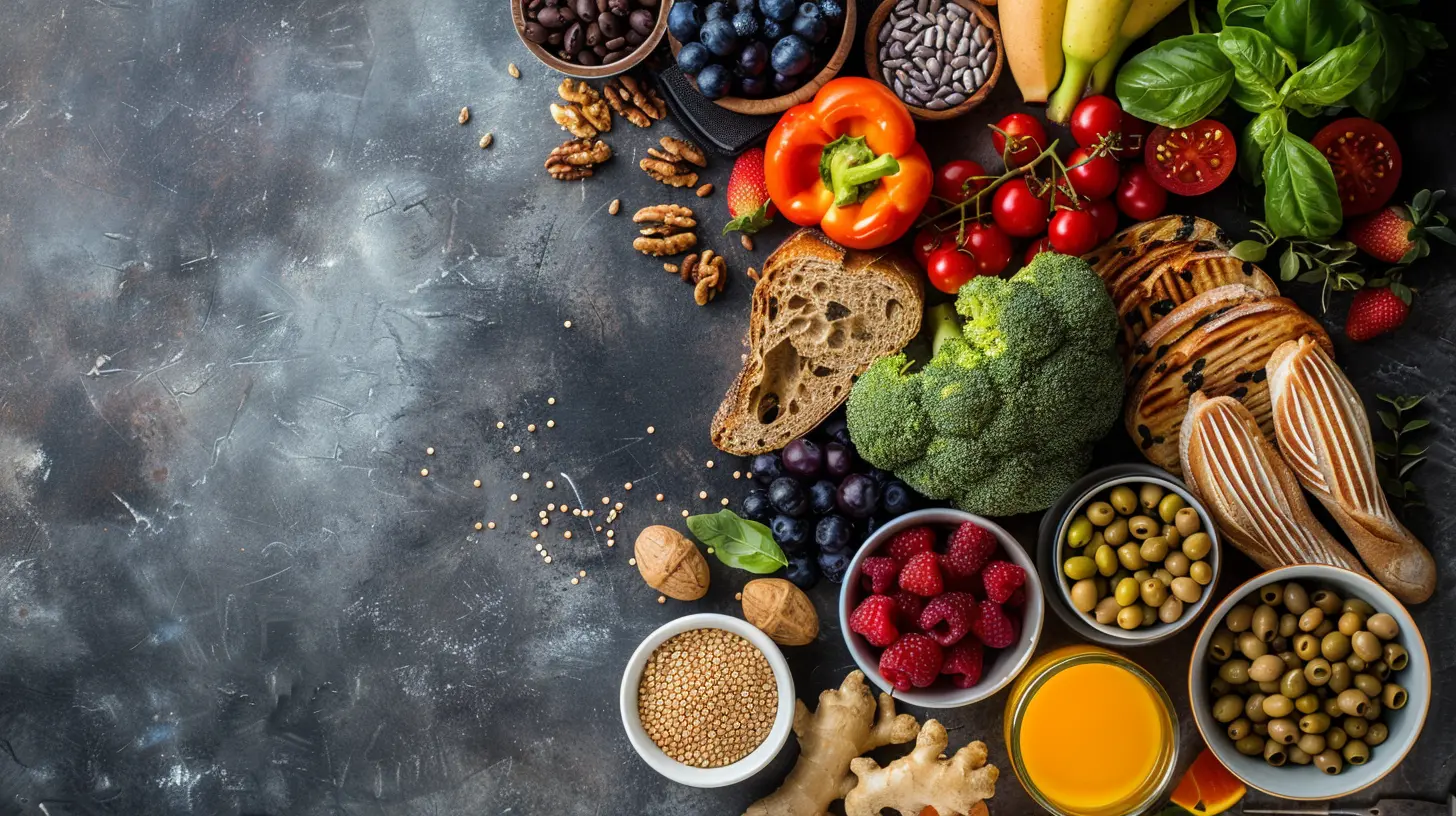
Hydration: The Silent MVP
Most riders are so focused on what to eat that they forget what they drink is just as vital. Dehydration can sneak up on you fast, especially on hot rides or during high-intensity sessions.What to Drink and When
Water is perfect for rides under an hour. But if you’re going long or sweating buckets, you need electrolytes. Sodium, potassium, and magnesium keep your muscles firing and prevent cramps.> Quick Hack: Add a pinch of sea salt and a splash of lemon juice to your water bottle for a DIY electrolyte drink.
Timing Matters: When to Eat Before, During, and After
Getting your timing right can mean the difference between cruising strong or crawling home.Pre-Ride Nutrition
You want a mix of carbs and a little protein—enough to top off glycogen stores without weighing you down. A bowl of oatmeal with fruit, peanut butter toast, or a smoothie can do the trick.Eat 1.5 to 3 hours before your ride depending on the intensity. For early morning rides, munch on a banana or a small bar 30 minutes before.
Mid-Ride Fuel
For rides over 90 minutes, start eating early and often. Don’t wait till you’re starving or bonking—it’s too late by then. Small bites every 30–45 minutes help avoid energy crashes.Energy bars, bananas, rice cakes, and gels are easy on the go. Keep it simple and stash snacks in your jersey pockets.
Post-Ride Recovery
The 30-60 minute window post-ride is prime time to refuel. Your muscles are like sponges—thirsty for nutrients. Grab a snack with a 3:1 ratio of carbs to protein.Chocolate milk? Yup, it’s actually a killer recovery drink. Or go with a turkey sandwich and a piece of fruit.
Supplements: Do You Need Them?
Here’s the deal—real food should always come first. But sometimes, especially when you’re juggling training, work, and life, supplements can help.Common Supplements Cyclists Use
- Electrolytes: To replenish salts lost through sweat.- Protein Powders: Great for quick post-ride recovery, especially if you can’t eat a full meal.
- Caffeine: A proven booster pre-ride. It enhances focus and delays fatigue.
- Creatine: Some cyclists use it for strength gains during off-season training.
- Beetroot Juice: Yep, it’s trending—and actually works. It boosts blood flow and oxygen delivery.
Always talk to your doc or a sports nutritionist before starting supplements. More isn’t always better.
Common Nutrition Mistakes Cyclists Make
Let’s get real. We all mess up sometimes. But knowing these pitfalls can save you from a bonk or bloated belly on the bike.1. Waiting Too Long to Eat
Don’t play nutritional catch-up mid-ride. Eat before you're hungry. Fuel consistently.2. Not Practicing Nutrition on Training Rides
Racing with new gels or drinks you’ve never tried before? Bad idea. Always test your nutrition during training.3. Overeating Post-Ride
Yes, you earned that burger, but don’t go overboard. Replenish smartly—real foods in reasonable portions.4. Ignoring Hydration Strategies
Drink early, drink often. Waiting until you're thirsty? You’re already dehydrated.5. Cutting Carbs Too Much
Low-carb diets might work in off-season or for weight loss, but during heavy training? It’ll slow you down.
Fuel for Different Types of Riders
Not every cyclist is chasing podiums, and that’s totally fine. Here’s how nutrition looks for different types of riders.The Weekend Warrior
You ride mostly on weekends, maybe a few weekday spins. Focus on balanced meals, hydration, and modest fueling for 2-3 hour rides. Think bananas, granola bars, and a recovery smoothie.The Road Racer
You’re hammering intervals, racing crits, and chasing PRs. Prioritize carbs, time meals around training, and dial in recovery immediately after workouts. Don't skimp on hydration and electrolytes.The Ultra-Distance Rider
You're out there doing 100+ miles. Nutrition is EVERYTHING. Plan like you're packing for a marathon. Mix carbs, fats, and proteins, and have a hydration strategy on point.The Commuter
You’re riding to work, maybe 30–60 minutes a day. You don’t need energy gels, but a solid breakfast before and a light snack after the ride will keep you sharp and fit.Real Talk: Nutrition Isn’t One-Size-Fits-All
Your buddy might swear by keto, while you feel like trash without your morning oats. That’s the thing—nutrition is personal. Your body, your ride, your rules.Listen to your body. Track what works. Adjust along the way. It’s not about perfection—it’s about progress.
> "Eat food. Not too much. Mostly plants." – Michael Pollan had it right.
Final Thoughts: Pedal Hard, Eat Smart
Cycling and nutrition go together like tubes and tires. Nail your food game, and you’ll ride stronger, recover faster, and probably enjoy those miles a whole lot more.And remember, fueling isn’t just about stuffing your face with pasta before a fondo. It’s an everyday strategy—a mix of smart planning, tasty food, and listening to what your body needs.
So the next time you kit up and clip in, ask yourself—not just “did I charge my lights?”—but “did I fuel my engine?”
Because every great ride starts with great nutrition.
all images in this post were generated using AI tools
Category:
CyclingAuthor:

Everett Davis
Discussion
rate this article
1 comments
Avery Duke
Nutrition is paramount in cycling, directly influencing endurance, recovery, and performance. Proper fuel choices optimize energy levels, enhance stamina, and support muscle repair for improved rides.
September 6, 2025 at 11:25 AM

Everett Davis
Thank you for highlighting the essential role of nutrition in cycling! Proper fueling truly makes a significant difference in performance and recovery.
